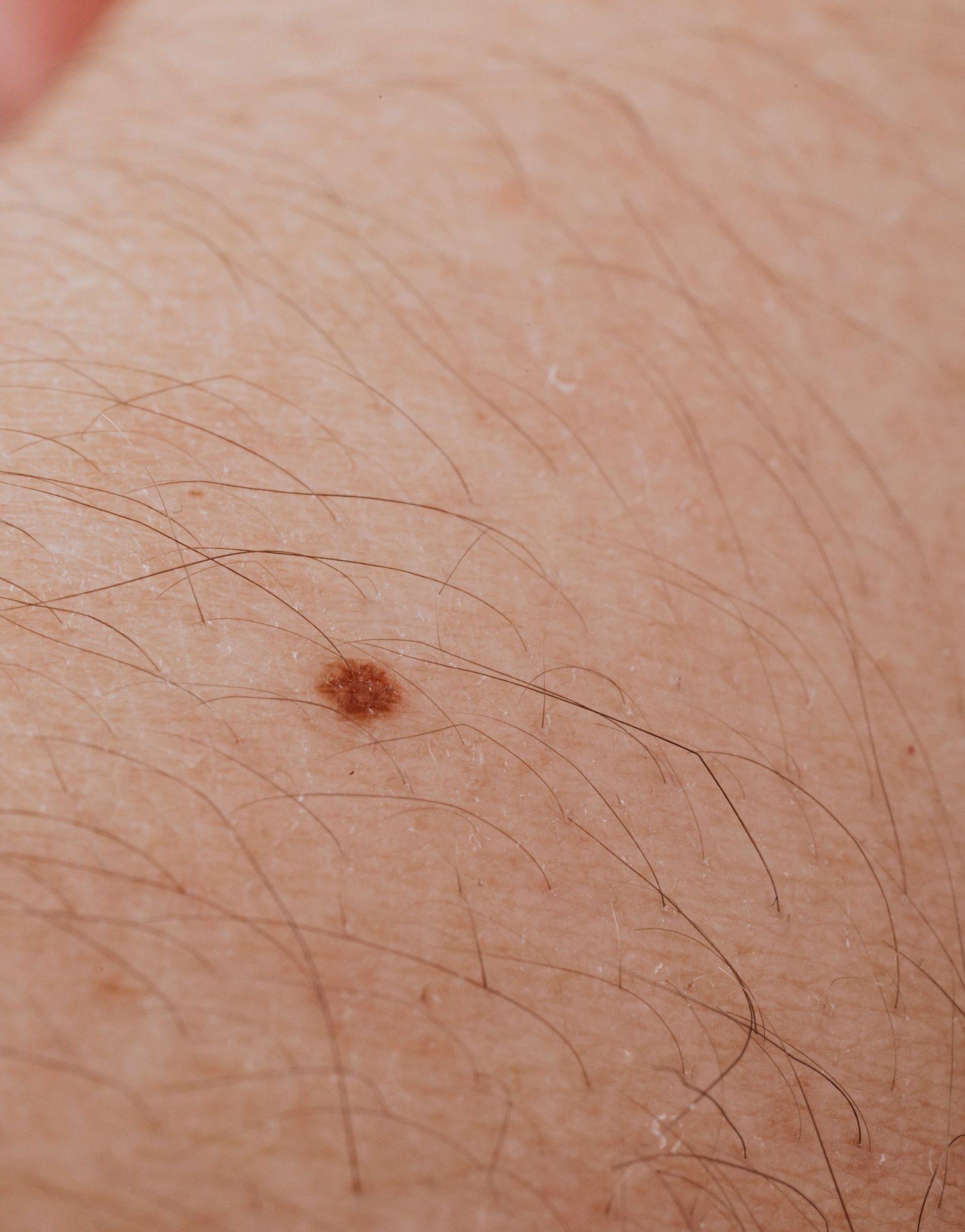Mole Removal
Expert mole removal surgery for safe skin.
Key facts
Removal of a skin lesion refers to a surgical procedure performed to eliminate an abnormal growth or mark on the skin. Skin lesions can include moles, skin tags, cysts, lipomas, and other benign or potentially malignant growths. Removing these lesions is often done for diagnostic or cosmetic reasons or to prevent potential health issues.
How it works: removal of a skin lesion
Anaesthesia: local anaesthesia
Recovery time: few days
Results: immediately
What is removal of a skin lesion?
Removal of a skin lesion refers to a surgical procedure performed to eliminate an abnormal growth or mark on the skin. Skin lesions can include moles, skin tags, cysts, lipomas, and other benign or potentially malignant growths.
The procedure to remove a skin lesion can vary depending on the type, size, and location of the lesion. The procedure is often done for diagnostic or cosmetic reasons or to prevent potential health issues.
If you have a skin lesion that concerns you or if you are considering its removal for cosmetic reasons, it is essential to consult with a specialised plastic surgeon, who can recommend the most appropriate removal method, and ensure an effective and aesthetically pleasing reconstruction.
Should I have my skin lesion removed?
Removal of a skin lesion is indicated for all (potentially) malignant skin lesions. It is also a good procedure for benign skin lesions when you have a cosmetic concern.
During your consultation, Dr. Gino Vissers will assess your skin and the lesion, and determine whether you are a good candidate for removal of a skin lesion.
Removal of a skin lesion can treat any of the following issues:
- Malignant skin lesions
- Lipomas (fatty lumps)
- Cysts
- Moles
- Skin tags
- Cosmetic concerns and self-awareness

What happens during the procedure?
Dr. Gino Vissers performs most skin surgery procedures under local anaesthesia.
After the area has been numbed, the entire lesion is cut out with a small margin of surrounding healthy tissue. Using electrosurgery, a high-frequency electrical current, Dr. Gino Vissers stops any small bleeding that may be present. The wound is then closed with stitches, and a dressing is applied to aid wound healing.
As an alternative, shave excisions for superficial lesions may be performed. During a shave excision, Dr. Gino Vissers shaves off the top layers of the lesion until it is level with the surrounding skin. No stitches are typically required for this method.
In all cases, the removed tissue will be sent for biopsy to determine if the lesion is benign or potentially malignant.
What to expect after removal of a skin lesion?
Recovery after removal of a skin lesion typically involves a short downtime. The wound must be kept clean and dry to minimise infection risks. After 48 hours you can have a quick shower, but bathing or swimming must be avoided for two weeks. Minimise strenuous activities or sports for 2 weeks to allow time for the wound to mend.
Dr. Gino Vissers will provide detailed post-operative instructions to promote optimal healing and ensure a smooth and comfortable recovery process. If stitches are used, Dr. Gino Vissers will inform you if and when these need to be removed.
You will be provided with an appointment to discuss your biopsy results with Dr. Gino Vissers, and if further treatment will be necessary.



